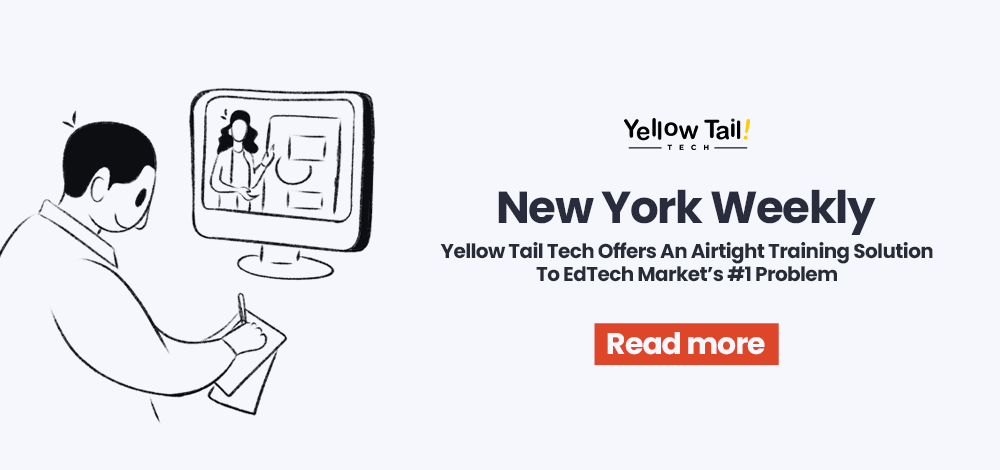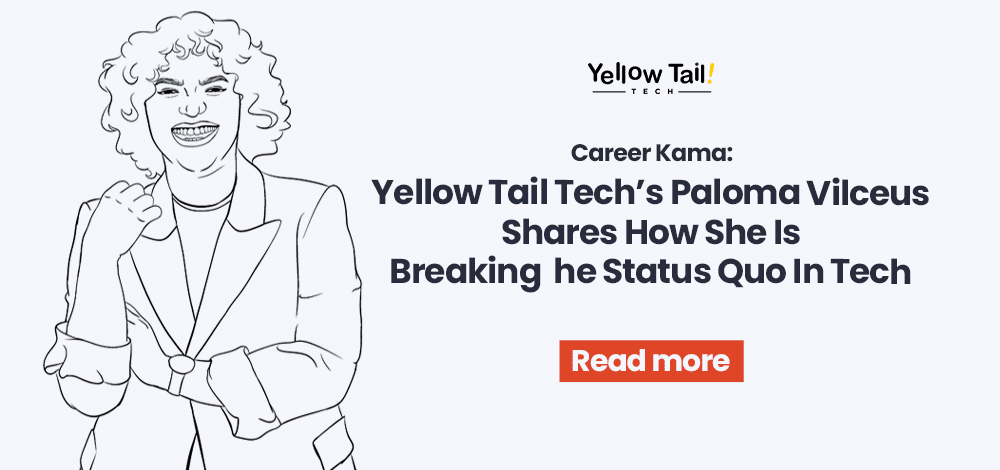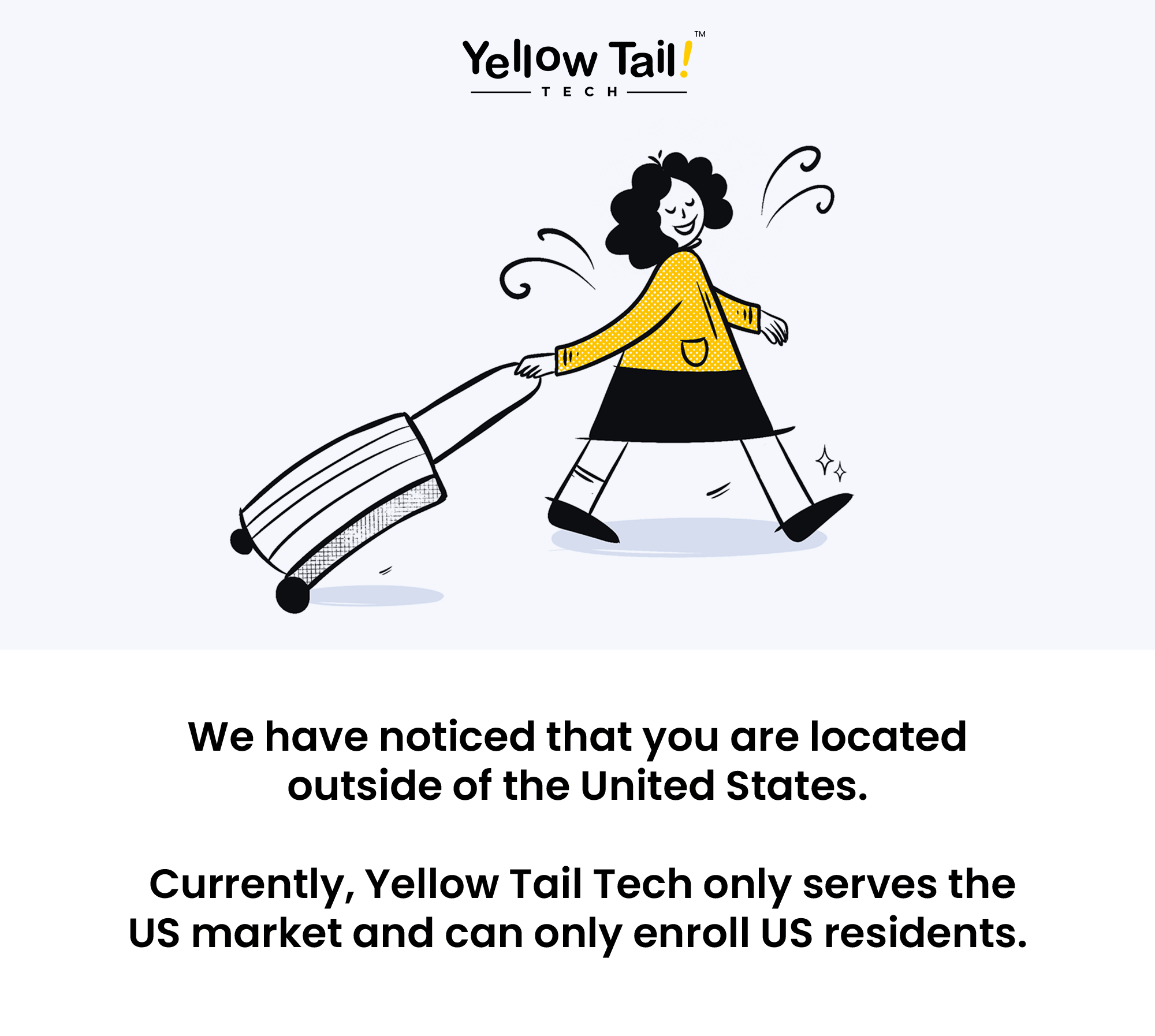Hunting for a lucrative tech job can be extremely exciting, especially when you weigh in all the perks you’ll be entitled to. However, you might experience a stumbling block along the way when a company asks you to attach or include something to your application: a cover letter.
A cover letter is an introductory document that complements your resume, and it can make or break your job application in the IT industry. It gives the hiring officer a preview of how suitable you are for the position as a candidate, so its content and how it’s written will most definitely leave a first impression.
Are Cover Letters Still a Thing?
IT recruiters nowadays seem to be ditching cover letters in their hiring process, but they’re not completely a thing of the past–not even close. Many tech companies still require them, especially small and medium tech enterprises. As technology advances, more and more employers start to utilize automated resume sorting tools, and a well-written cover letter might be your next best chance to advance to a job interview.
If writing a cover letter usually slows you down, fret not because as it turns out, even experienced and good writers are challenged by drafting one. While it can be a tricky document to write, it gets easier as you get accustomed to it.
Read along, because below are some pointers you can use as reference when drafting your next cover letter for that high-paying tech job!
Information You’ll Need Before Drafting Your Cover Letter
Doing thorough research will give you a good backbone when you actually start drafting your cover letter. Here are some information you’ll need to include:
1. The tech company you’re applying for – It is important that you are familiar with what the company is, what they’re doing, and what they’re trying to achieve. Pay attention to how the tone is written on their website, their company description on job boards, and on the actual job post. Research their recent projects and achievements and make and mention what stood out and inspired you to apply the most.
2. The qualifications for the role – This can be easily found on the job post itself, but understanding the minimum qualifications will help you gauge how well you can market yourself. Research unfamiliar terms, then match everything with your current credentials when writing your cover letter.
3. The name and exact position of the hiring officer – Cover letters should be directly addressed to the hiring officer, and for several online job boards such as LinkedIn, you’ll find information on the person who posted it. In some cases, when a company asks you for a cover letter, they also include whom you should address it to. Depending on the format, you may also need to include their address, which should be similar to the office address of the company.
General Format to Observe
We do not recommend using very similar templates for all of your cover letters–taking your time customizing it will help set you up for success. When it comes to a format you should follow, one of the best tips we can give you is to keep your cover letter short, being as concise as possible with keywords that match what is used in the company website and the job advertisement itself. The general rule of thumb is to maintain a 300-word letter divided into three paragraphs, saved in .docx or pdf (if not asked to include it in the email body itself).
Cover letters are usually written in this structure:
[Your Full Name]
[Address line 1]
[Address line 2]
[Date]
[Hiring Officer’s Name]
[Hiring Officer’s Position]
[Company]
[Company Address]
Note:if you are asked to include your cover letter in the email body, you can scrap everything above and proceed to the next one.
[Greeting],
Note: It’s always a good practice to only go with “Dear [hiring officer’s first name],”. Avoid addressing it to something general such as “Dear sir or madam” or “To whom it may concern”.
[Introduction (First Paragraph)]
Note: Make your introduction count! This is where you briefly tell the hiring officer what you know about the company, and what specifically piqued your interest. Introduce yourself, where you find out about the job, and your intent to apply for the position.
[Body – Qualifications (Second Paragraph)]
Note: This is where you highlight only your relevant technical credentials: education, internship, work experience, certifications, achievements, etc., and align them to what’s specifically required for the position. Remember to tailor the keywords to what was utilized in the job advertisement.
It’s important to remember that you don’t need to repeat everything that’s already in your resume. Focus on what value you can bring to your new employer, and omit everything else.
[Closing (Last Paragraph]
Note: Sum it all up with a positive and confident note. Mention how the credentials you’ve just enumerated will make you a good team player, thank the hiring officer for the consideration and look forward to being shortlisted for an interview. In some instances, you may also include your contact information.
[Sign-Off],
[Your Full Name]
Note: If you’re having a hard time choosing a cover letter sign-off, it’s safe to start with the following: Regards, Best Regards, Kind Regards, Best, Sincerely
Final Takeaway
Lastly, proofread your cover letter as many times as you need until you’re confident in sending it. We’d like to reiterate to not stick to a certain template, but customize each cover letter you’ll write depending on the results of your research. Highlight only what value you can bring to the company, back it up with your relevant credentials, and make a good first impression!
If you’re someone who’s trying to break into IT, Yellow Tail Tech can help you smoothly transition to the industry, even if you don’t have a tech background. Our training programs are specifically structured and paced to get our students from zero to job-ready.
What sets us apart is that aside from the actual training and certification preparation conducted by our Instructors (who are also full-time IT professionals), we also offer Relentless Career Support. We assign our students a dedicated Career Success Coach to assist them with everything they’ll need to land an actual IT job offer: apprenticeship, resume and cover letter writing, job search optimization, LinkedIn profile optimization, mock interviews, and 1-on-1 mentorship support.
If this sounds like what you’re looking for, book a 10-minute intro call with our Enrollment Advisor and let’s discuss how we can help you too!






